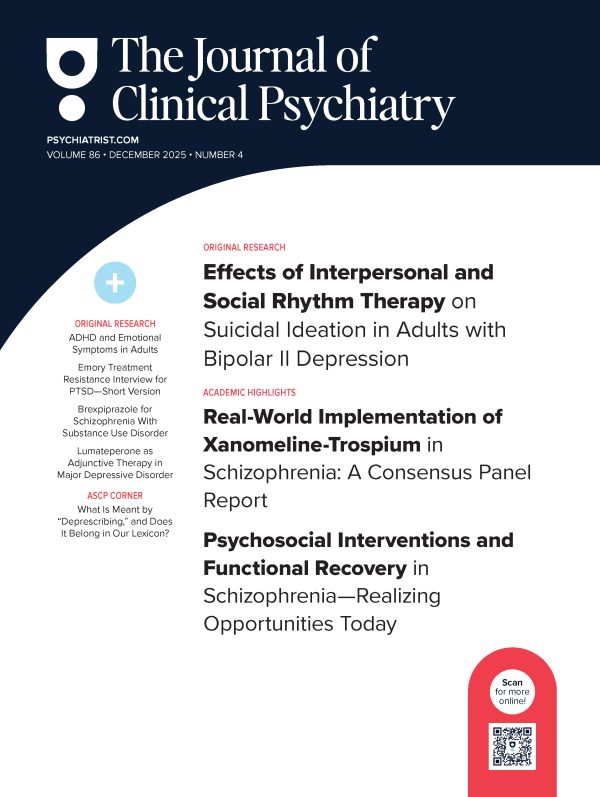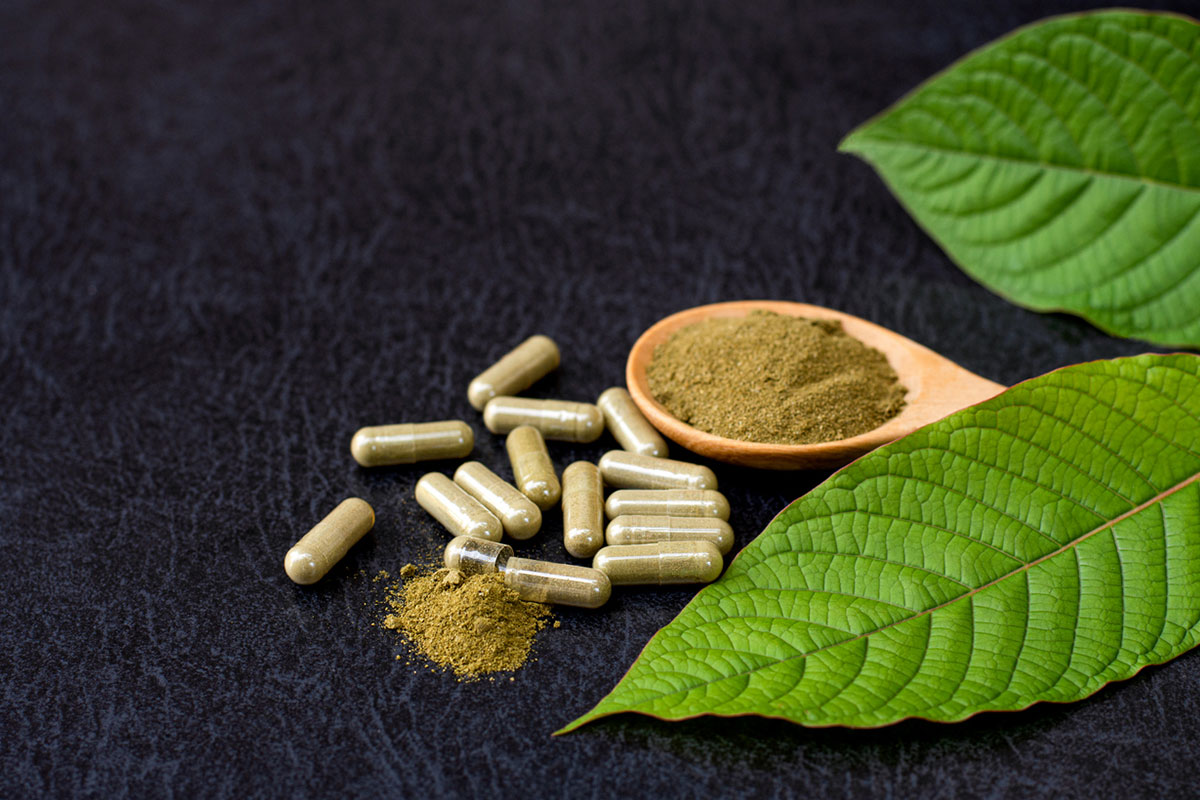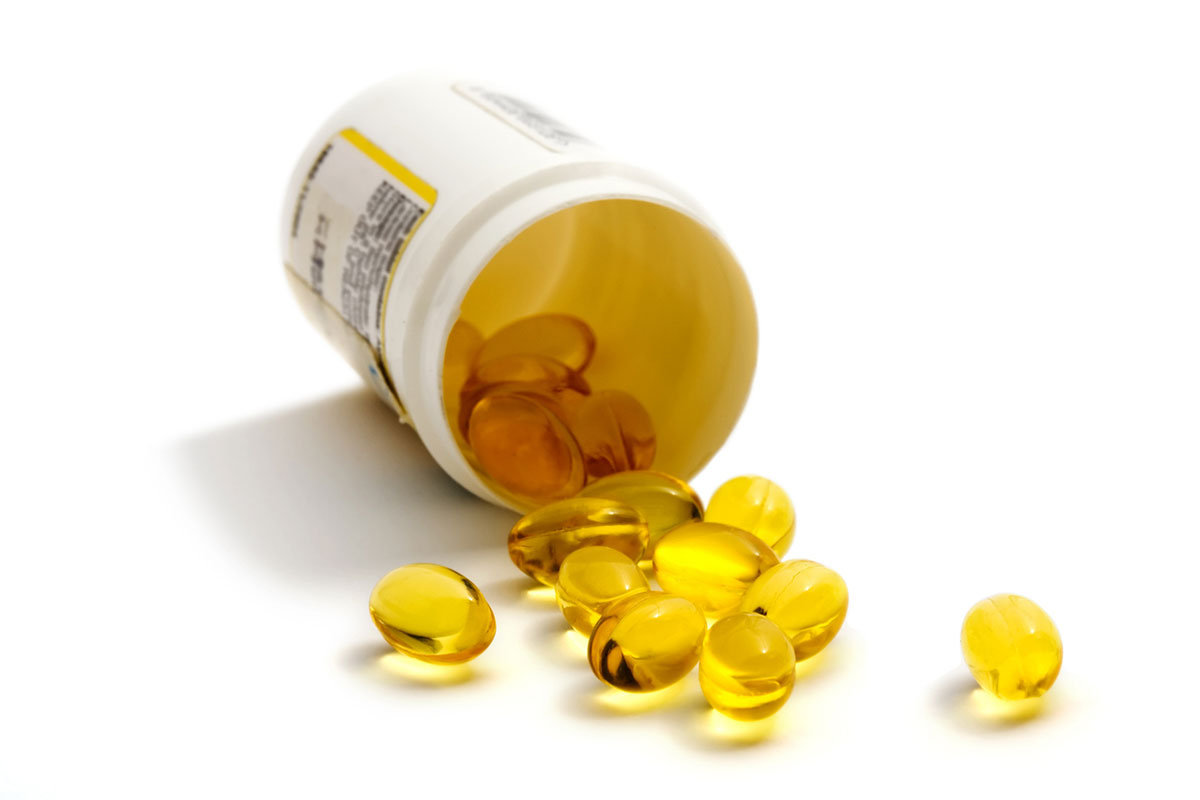Abstract
Objective: Posttraumatic stress disorder (PTSD) and alcohol use disorder (AUD) are common co-occurring conditions associated with a more severe clinical profile and poorer treatment outcomes than either disorder alone. To date, no medications have proven efficacious in the treatment of co-occurring PTSD/AUD.
Methods: This randomized, double-blind, placebo-controlled trial examined the efficacy of N-acetylcysteine (NAC; 2,400 mg/day) among individuals (N=182, aged 21–65 years) who met DSM-5 criteria for current PTSD/AUD. Participants were randomized 1:1 to receive 12 weeks of NAC (n=93) or placebo (n=89). All participants received weekly, individual, cognitive behavioral therapy (CBT) for AUD. Follow-up visits occurred at 3-, 6-, and 12-months posttreatment. Primary outcomes included the Clinician Administered PTSD Scale for DSM-5 (CAPS-5), PTSD Checklist for DSM-5 (PCL-5), Timeline Follow-Back (TLFB), and the Obsessive Compulsive Drinking Scale at 12 weeks. The TLFB evaluated the frequency and amount of alcohol consumption. A secondary measure evaluated depression symptoms.
Results: Intent-to-treat analyses showed that participants in both the NAC and placebo groups evidenced significant reductions in the CAPS-5 (B=−0.19, P<.001) and PCL-5 (B=−0.20, P<.001) during treatment, with no significant group differences. Both groups also showed significant reductions in alcohol use (drinks per drinking day [B=−0.02, P<.001], percent heavy drinking days [B=−0.14, P<.001], percent days abstinent [B=0.29, P=.022]) and craving (B=−0.12, P<.001) during treatment, but with no significant group differences. There were no group differences in retention or adverse events.
Conclusions: Although NAC was well tolerated, it was not more effective than placebo in improving symptoms of PTSD or AUD when added to individual CBT for AUD.
Trial Registration: ClinicalTrials.gov identifier: NCT02966873.
J Clin Psychiatry 2025;86(4):25m15803
Author affiliations are listed at the end of this article.
Members Only Content
This full article is available exclusively to Professional tier members. Subscribe now to unlock the HTML version and gain unlimited access to our entire library plus all PDFs. If you’re already a subscriber, please log in below to continue reading.
References (44)

- Grant BF, Goldstein RB, Saha TD, et al. Epidemiology of DSM-5 Alcohol Use Disorder: results from the National Epidemiologic Survey on Alcohol and Related Conditions III. JAMA Psychiatry. 2015;72(8):757–766. PubMed CrossRef
- Kessler RC, Sonnega A, Bromet E, et al. Posttraumatic stress disorder in the National Comorbidity Survey. Arch Gen Psychiatry. 1995;52(12):1048–1060. PubMed CrossRef
- Petrakis IL, Rosenheck R, Desai R. Substance use comorbidity among veterans with posttraumatic stress disorder and other psychiatric illness. Am J Addict. 2011;20(3):185–189. doi:10.1111/j.1521-0391.2011.00126.x. PubMed CrossRef
- Vujanovic AA, Back SE, ed. Posttraumatic Stress and Substance Use Disorders: A Comprehensive Clinical Handbook. 1st ed. Routledge; 2019.
- Mills KL, Teesson M, Ross J, et al. Trauma, PTSD, and substance use disorders: findings from the Australian National Survey of Mental Health and Well-Being. Am J Psychiatry. 2006;163(4):652–658. PubMed CrossRef
- Simpson TL, Rise P, Browne KC, et al. Clinical presentations, social functioning, and treatment receipt among individuals with comorbid life-time PTSD and alcohol use disorders versus drug use disorders: findings from NESARC-III. Addiction. 2019;114(6):983–993. PubMed CrossRef
- Mulholland PJ, Chandler LJ, Kalivas PW. Signals from the fourth dimension regulate drug relapse. Trends Neurosci. 2016;39(7):472–485. CrossRef
- Morley KC, Baillie A, Van Den Brink W, et al. N-acetyl cysteine in the treatment of alcohol use disorder in patients with liver disease: rationale for further research. Expert Opin Investig Drugs. 2018;27(8):667–675. PubMed CrossRef
- Tomko RL, Jones JL, Gilmore AK, et al. N-acetylcysteine: a potential treatment for substance use disorders. Curr Psychiatr. 2018;17(6):30–55. PubMed
- Averill LA, Purohit P, Averill CL, et al. Glutamate dysregulation and glutamatergic therapeutics for PTSD: evidence from human studies. Neurosci Lett. 2017;649:147–155. PubMed CrossRef
- Smiley CE, Wood SK. Stress-and drug-induced neuroimmune signaling as a therapeutic target for comorbid anxiety and substance use disorders. Pharmacol Ther. 2022;239:108212. PubMed CrossRef
- Pennington DL, Abé C, Batki SL, et al. A preliminary examination of cortical neurotransmitter levels associated with heavy drinking in posttraumatic stress disorder. Psychiatry Res. 2014;224(3):281–287.
- Oscar-Berman M, Marinković K. Alcohol: effects on neurobehavioral functions and the brain. Neuropsychol Rev. 2007;17(3):239–257. PubMed CrossRef
- Bradlow RCJ, Berk M, Kalivas PW, et al. The potential of N-acetyl-L-cysteine (NAC) in the treatment of psychiatric disorders. CNS Drugs. 2022;36(5):451–482. PubMed CrossRef
- Morley C, Unwin M, Peterson GM, et al. Emergency department crowding: a systematic review of causes, consequences and solutions. PLoS One. 2018;13(8):e0203316. PubMed CrossRef
- Garcia-Keller C, Martinez SA, Esparza MA, et al. Cross-sensitization between cocaine and acute restraint stress is associated with sensitized dopamine but not glutamate release in the nucleus accumbens. Eur J Neurosci. 2013;37(6):982–995. PubMed CrossRef
- Gipson CD, Reissner KJ, Kupchik YM, et al. Reinstatement of nicotine seeking is mediated by glutamatergic plasticity. Proc Natl Acad Sci U S A. 2013;110(22):9124–9129. PubMed CrossRef
- Knackstedt LA, Moussawi K, Lalumiere R, et al. Extinction training after cocaine self-administration induces glutamatergic plasticity to inhibit cocaine seeking. J Neurosci. 2010;30(23):7984–7992. PubMed CrossRef
- Roberts-Wolfe DJ, Kalivas PW. Glutamate transporter GLT-1 as a therapeutic target for substance use disorders. CNS Neurol Disord Drug Targets. 2015;14(6):745–756. PubMed CrossRef
- Schneider R Jr, Santos CF, Clarimundo V, et al. N-acetylcysteine prevents behavioral and biochemical changes induced by alcohol cessation in rats. Alcohol. 2015;49(3):259–263. PubMed CrossRef
- Garcia-Keller C, Smiley C, Monforton C, et al. N-Acetylcysteine treatment during acute stress prevents stress-induced augmentation of addictive drug use and relapse. Addict Biol. 2020;25(5):e12798. PubMed CrossRef
- Chang CT, Hsieh PJ, Lee HC, et al. Effectiveness of N-acetylcysteine in treating clinical symptoms of substance abuse and dependence: a meta-analysis of randomized controlled trials. Clin Psychopharmacol Neurosci. 2021;19(2):282–293. PubMed CrossRef
- Cuocina M, Aiello G, Cutrufelli P, et al. Effect of N-acetylcysteine on craving in substance use disorders (SUD): a meta-analysis of randomized controlled trials. Front Pharmacol. 2024;15:1462612. PubMed CrossRef
- Green R, Kirkland AE, Browning BD, et al. Effect of N-acetylcysteine on neural alcohol cue reactivity and craving in adolescents who drink heavily: a preliminary randomized clinical trial. Alcohol Clin Exp Res. 2024;48(9):1772–1783. CrossRef
- Back SE, McCauley JL, Korte KJ, et al. A double-blind randomized controlled pilot trial of N-Acetylcysteine in veterans with PTSD and substance use disorders. J Clin Psychiatry. 2016;77(11):e1439–e1446.
- Kanaan RA, Oliver G, Dharan A, et al. A multi-centre, double-blind, 12-week, randomized, placebo-controlled trial of adjunctive N-Acetylcysteine for treatment-resistant PTSD. Psychiatry Res. 2023;327:115398. PubMed CrossRef
- Sullivan JT, Sykora K, Schneiderman J, et al. Assessment of alcohol withdrawal: the revised Clinical Institute Withdrawal Assessment for Alcohol scale (CIWA-Ar). Br J Addict. 1989;84(11):1353–1357. PubMed CrossRef
- Back S, Gray K, Santa Ana E, et al. N-acetylcysteine for the treatment of comorbid alcohol use disorder and posttraumatic stress disorder: design and methodology of a randomized clinical trial. Contemp Clin Trials. 2020;91:105961. PubMed CrossRef
- Gray KM, Sonne SC, McClure EA, et al. A randomized placebo-controlled trial of N-acetylcysteine for cannabis use disorder in adults. Drug Alcohol Depend. 2017;177:249–257. PubMed CrossRef
- LaRowe SD, Kalivas PW, Nicholas JS, et al. A double-blind placebo-controlled trial of N-acetylcysteine in the treatment of cocaine dependence. Am J Addict. Sep-Oct 2013;22(5):443–452. PubMed CrossRef
- Schmaal L, Veltman DJ, Nederveen A, et al. N-acetylcysteine normalizes glutamate levels in cocaine-dependent patients: a randomized crossover magnetic resonance spectroscopy study. Neuropsychopharmacology. 2012;37(9):2143–2152. PubMed CrossRef
- Weathers FW, Litz, BT, Keane, TM, et al. The PTSD Checklist for DSM-5 (PCL-5). 2013. National Center for PTSD. www.ptsd.va.gov
- Saunders JB, Aasland OG, Babor TF, et al. Development of the Alcohol Use Disorders Identification Test (AUDIT): WHO Collaborative Project on Early Detection of Persons with Harmful Alcohol Consumption-II. Addiction. 1993;88(6):791–804. PubMed CrossRef
- Kadden R. Cognitive-Behavioral Coping Skills Therapy Manual: A Clinical Research Guide for Therapists Treating Individuals With Alcohol Abuse and Dependence. US Department of Health and Human Services, Public Health Service; 1995.
- Weathers FW, Blake DD, Schnurr PP. Clinician-Administered PTSD Scale for DSM-5 (CAPS-5). 2013. www.ptsd.va.gov
- Sobell LC, Sobell MB. Timeline Follow-Back: A Technique for Assessing Self-Reported Alcohol Consumption. Humana Press; 1992:228.
- Anton RF, Moak DH, Latham P. The Obsessive Compulsive Drinking Scale: a self-rated instrument for the quantification of thoughts about alcohol and drinking behavior. Alcohol Clin Exp Res. 1995;19(1):92–99. PubMed CrossRef
- Beck A, Steer R, Brown GBDI-II. Beck Depression Inventory: Manual. Psychological Corp; 1996.
- Posner K, Brent D, Lucas C, et al. Columbia-Suicide Severity Rating Scale (C-SSRS). New York State Psychiatric Institute; 2008.
- Back SE, McCauley JL, Korte KJ, et al. A double-blind, randomized, controlled pilot trial of N-Acetylcysteine in veterans with posttraumatic stress disorder and substance use disorders. J Clin Psychiatry. 2016;77(11):e1439–e1446. PubMed CrossRef
- Marx BP, Lee DJ, Norman SB, et al. Reliable and clinically significant change in the Clinician-Administered PTSD Scale for DSM-5 and PTSD Checklist for DSM-5 among male veterans. Psychol Assess. 2022;34(2):197–203. PubMed CrossRef
- Blanchard BE, Johnson M, Campbell SB, et al. Minimal important difference metrics and test-retest reliability of the PTSD Checklist for DSM-5 with a primary care sample. J Trauma Stress. 2023;36(6):1102–1114. PubMed CrossRef
- Deacon RM, Mills L, Bruno R, et al. Identifying thresholds for clinically meaningful change among clients of drug and alcohol services using the Australian Treatment Outcomes Profile. Addiction. 2023;118(12):2457–2465. CrossRef
- Back S, Flanagan J, Mintz J, et al. A double-blind randomized controlled trial of doxazosin for Co-Occurring PTSD and alcohol use disorder in veterans. J Clin Psychiatry. 2023;84(2):21m14367. PubMed





